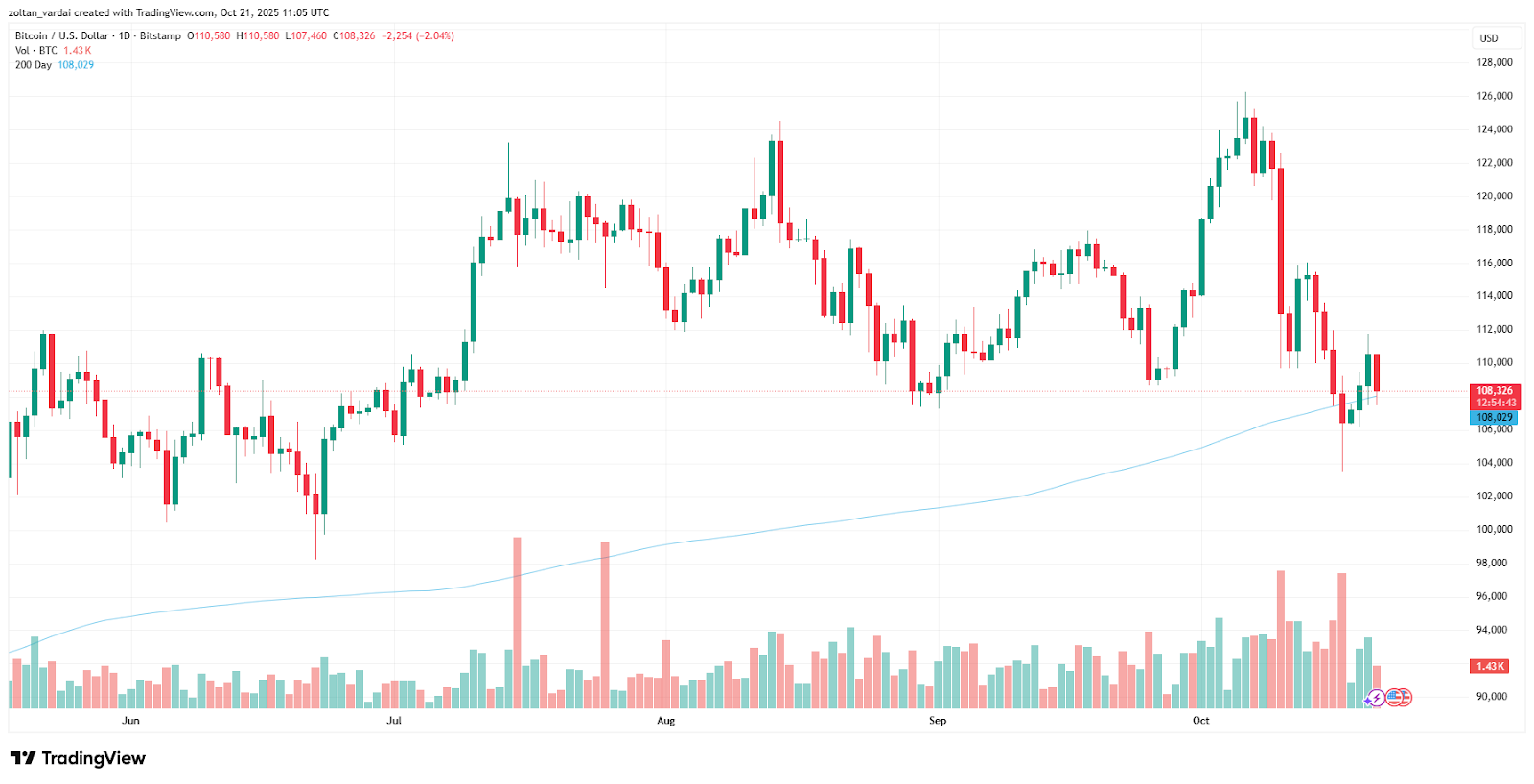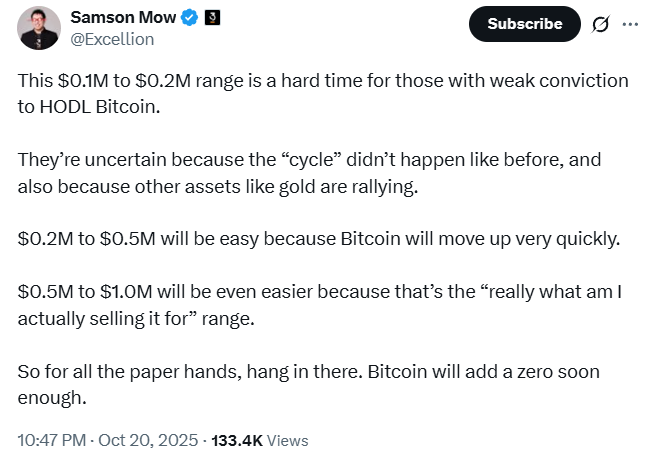
Bitcoin‘s Sudden Dip: A Market Re-Evaluation
The cryptocurrency market, known for its volatility, recently experienced a sharp correction. Bitcoin (BTC), the leading digital asset, saw a significant drop, falling from around $115,000 to a four-month low of $104,000 within a four-day period. This decline sparked both concern and analysis amongst crypto enthusiasts and experts. While the magnitude of the fall might have seemed alarming, on-chain data and market behavior suggest this wasn’t necessarily the beginning of a broader market collapse, but rather a healthy ‘flush’ within the system.

Defensive Rotation and Leverage Flush
Analysts observed a ‘defensive rotation’ as a key element of this correction. Investors, instead of aggressively pursuing gains, shifted their focus towards capital preservation. This shift was fueled, in part, by the flushing out of excess leverage within the market. This mechanism often precedes periods of stability, as over-leveraged positions are liquidated, reducing risk for the overall ecosystem. The process cleanses the market of unsustainable positions, paving the way for more sustainable growth. The drop in open interest, around 30%, further supports this, indicating a reduced vulnerability to massive liquidations.

On-Chain Signals and Speculative Capital
Blockchain analytics firm Glassnode‘s report offered valuable insights. They noted a rise in short-term Bitcoin holder supply, indicating that ‘speculative capital’ is gaining a larger foothold in the market. This suggests a change in the investor base, with more traders prioritizing short-term gains and price movements. Glassnode‘s analysis points to a market undergoing a transition, where capital preservation takes precedence over aggressive trading strategies.
Perspective from Industry Leaders
Samson Mow, CEO of Jan3, chimed in, highlighting the challenge this price range poses to “paper hands” investors, those with weaker conviction. He anticipates further price increases and growth in the future. Simultaneously, institutional investors are accumulating Bitcoin holdings. Digital asset treasuries (DATs) and Exchange Traded Funds (ETFs) have been absorbing a considerable amount of long-term holder supply, which, according to some analysts, is an important factor to consider when estimating future price movements.

ETF Outflows Amidst Uncertainty
It’s also worth noting the impact of external factors. Bitcoin ETFs have experienced net outflows, potentially influenced by political uncertainty and external circumstances. This highlights that multiple dynamics are at play, influencing market behavior. The recent events demonstrate the complex interplay of various factors – on-chain data, market sentiment, leverage, and external influences – in shaping Bitcoin’s price trajectory.
The recent market fluctuations highlight the ever-evolving nature of the cryptocurrency landscape, and the importance of staying informed and adaptable.


